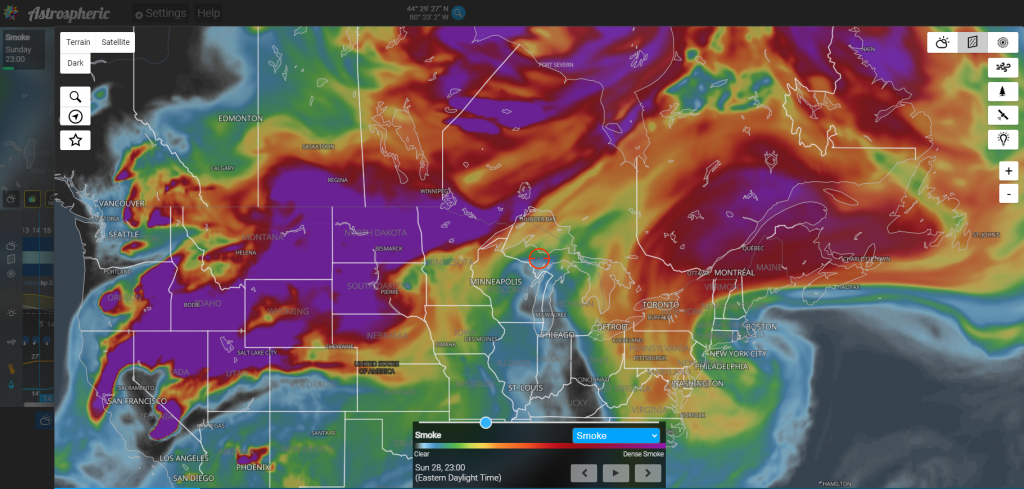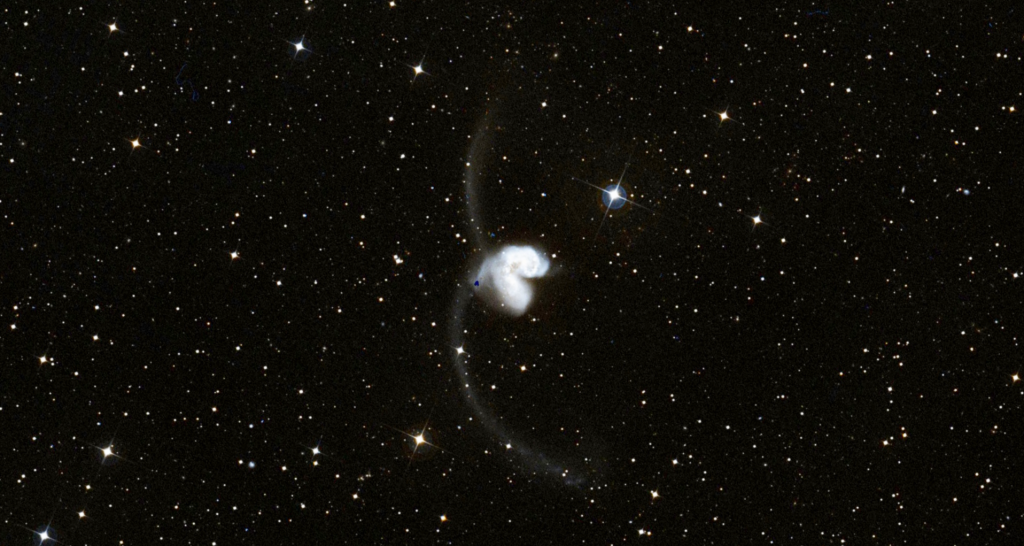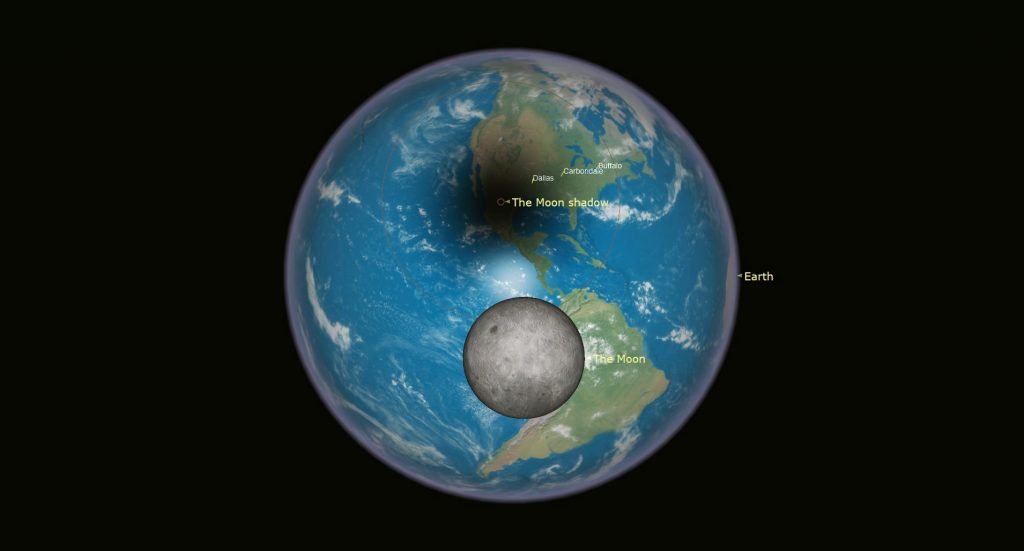The Evening Waxing Moon Gets an X, a Bright Comet Shines After Sunset, Maybe Some Meteors, Maybe Some Aurorae, and Definitely Planets!
This image of the Lunar Straight Wall or Rupes Recta in Mare Nubium was captured by the Lunar Reconnaissance Orbiter. While the feature can be seen through binoculars, a backyard telescope will reveal more detail. (Adapted from NASA LRO) Hello, Autumn Stargazers! Here are your Astronomy Skylights for the week of October 6th, 2024 by…
Read more









